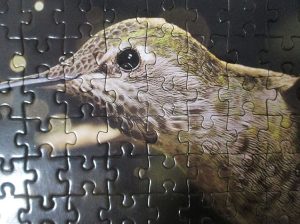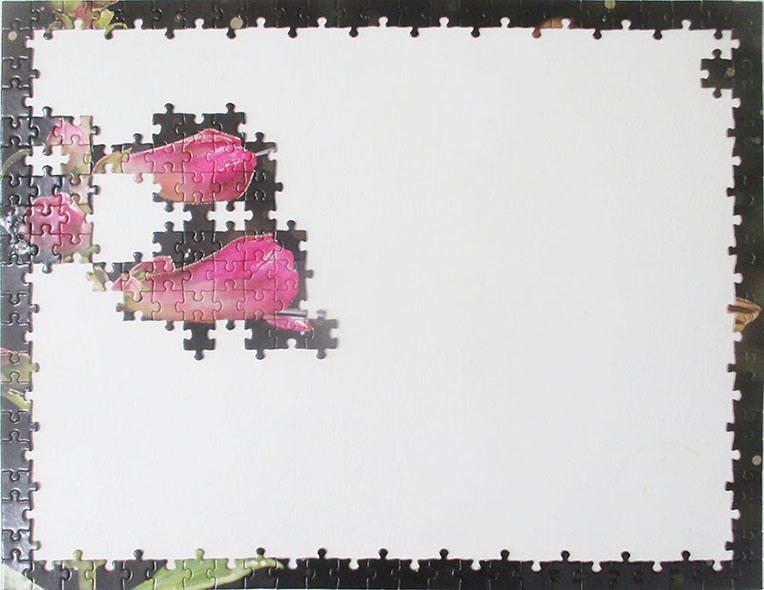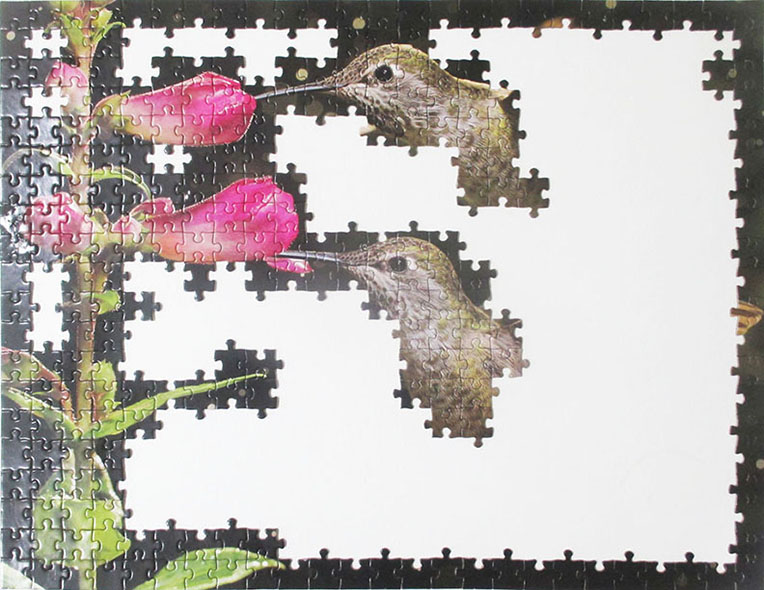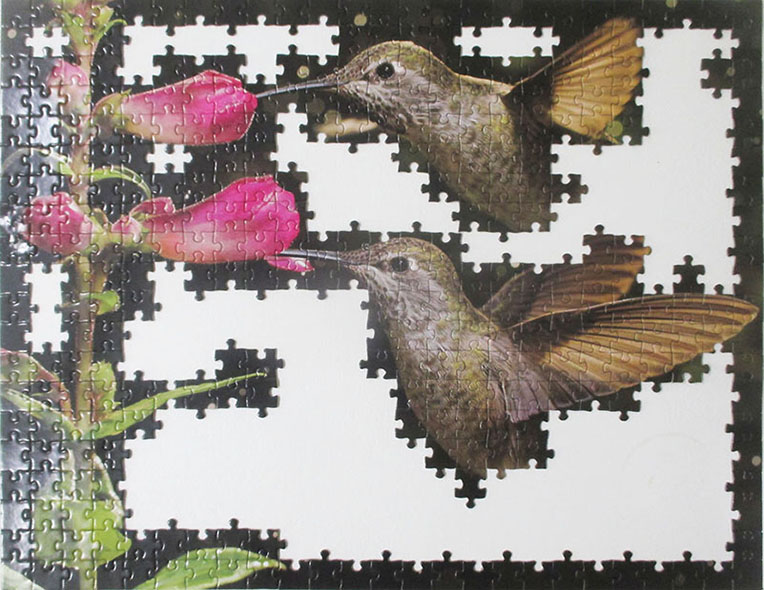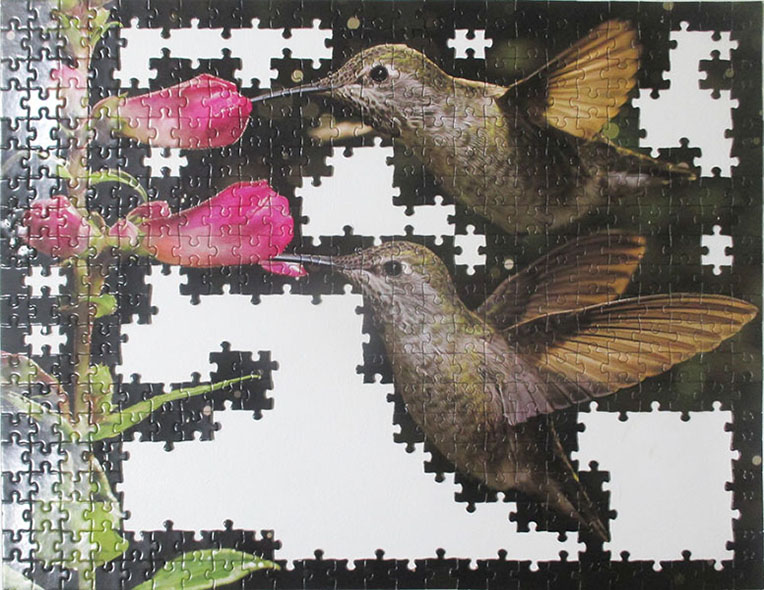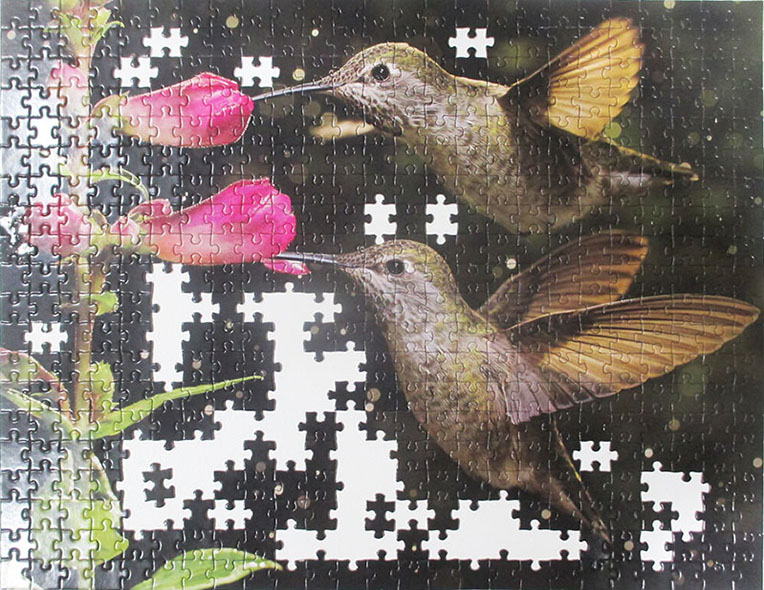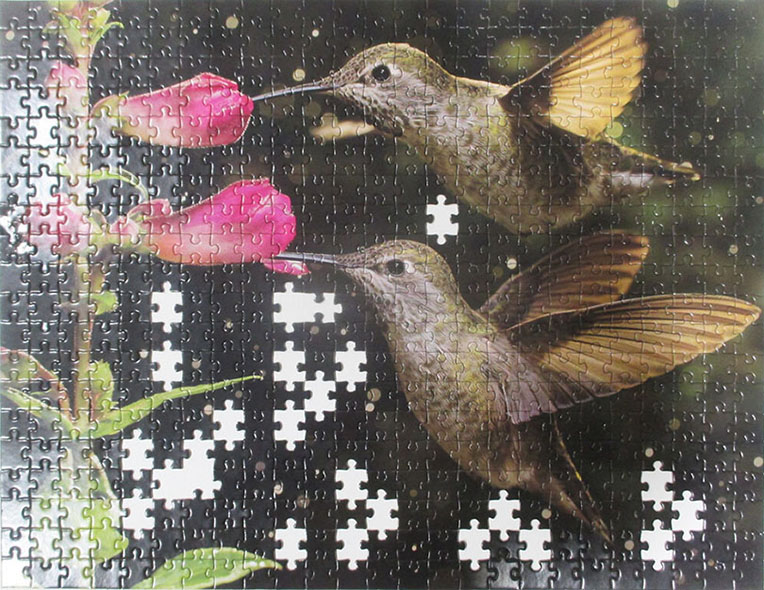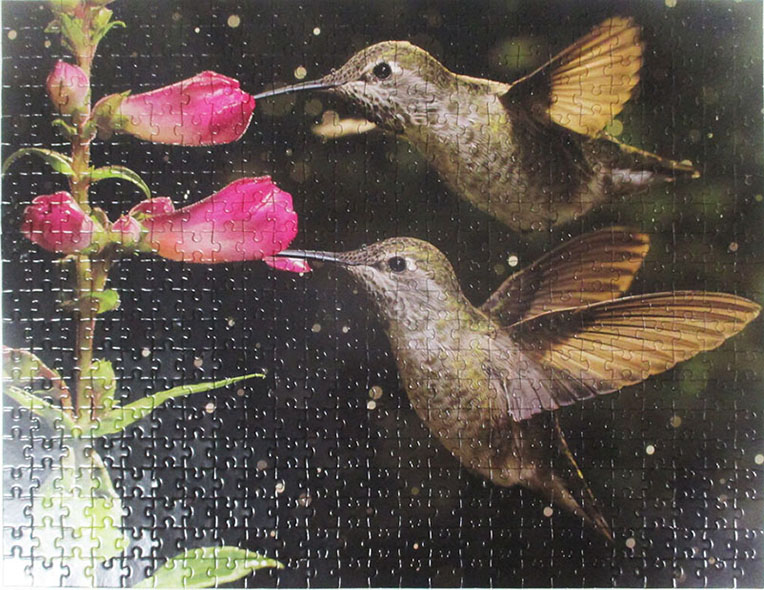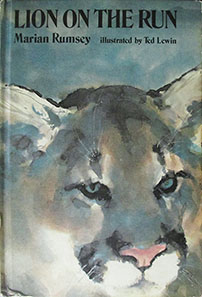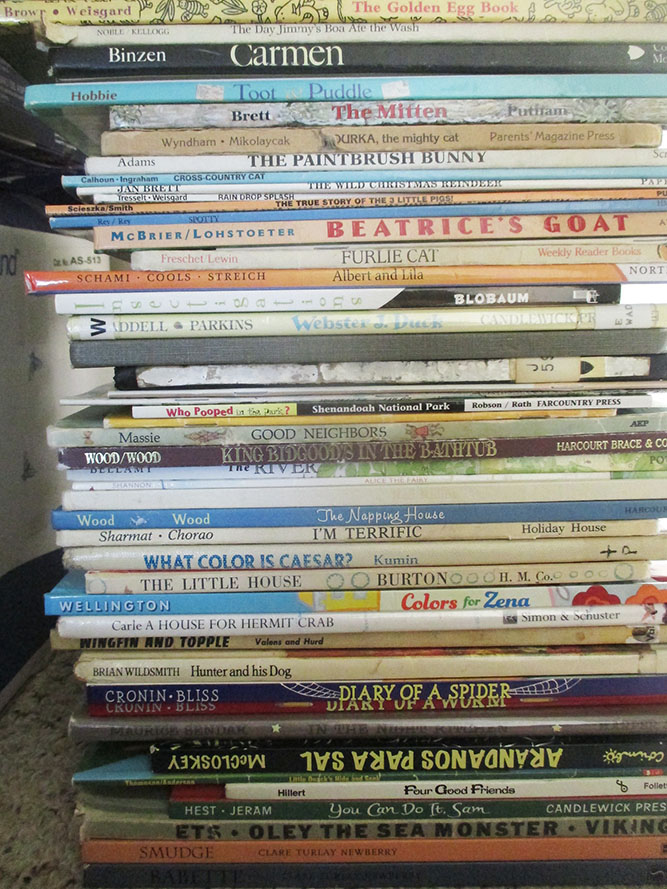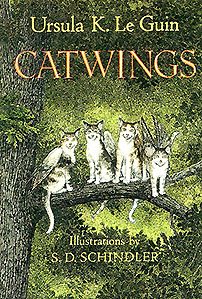Read this in one sitting. It’s a book I really ought to have read when I was a kid, would have been floored by it back then. It’s a survival story similar to so many other reads, which I will note at the end. This boy Sam lives in New York City and is fed up with the cramped, crowded apartment (many siblings). So he runs away, to a mountain where his great-grandfather had owned some land. He makes a home in a hollowed out tree, learns how to effectively build a fire, catch fish, make things he needs, sew deer skins, etc. and lives comfortably (after the first night of cold and fear, that is). He eats wild plants, with the help of books from a library in the town at foot of the mountain which he periodically visits, gathers nuts and smokes meat to last the winter. Trains a falcon to hunt for him. And more. Rather absurdly, this book reminded me of Ayla from Valley of the Horses, who had so many skills she taught herself it was unbelievable. There’s so many other wilderness survival stories I thought of: No Way But Gentlenesse, where a boy also teaches himself to catch and train a falcon. Hatchet by Gary Paulsen, which is far more realistic about the messiness and yuck factor in killing animals for food (this book mentions none of that, in fact I really wondered how a boy with self-taught survival skills dealt with cleaning his first deer). Two Little Savages and Bevis: the Story of a Boy, both about kids who run off to stay in the woods for a while. This story also reminded me a lot of The Last American Man– this was like the child version of that story- in that the kid Sam had no desire for human company, just wanted to live by himself. Though he did acknowledge how much he needed the falcon- not just for the food it brought in but to have a living creature to relate to. And there was a weasel nearby that interacted with him- the weasel was great.
But then people started to randomly find him on the mountain. A woman who came up to a clearing to pick strawberries. A teacher who thought he was a missing boy scout. Another kid who actually came looking for him, when rumors of his presence -the “wild boy on the mountain”- got out. And others that he steered clear off. The strangest scenes were at the end, when the parents finally show up- after months of Sam being out on his own- first the father and later the whole family- and there is no remonstration at all, they’re just happy to see him and perfectly accepting of what he’s done. It was so weirdly unrealistic, very saccharine. I can’t imagine even the most permissive and understanding parent reacting that way. Oh, well. Overall it was a nice read, and I sure learned some interesting things about wild plants. I’m more keen to read some of the sequels, actually- as I think some are written from the falcon’s point of view.
Borrowed from the public library.
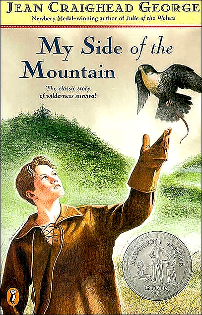


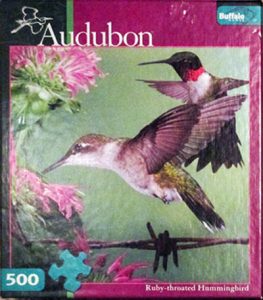 These were both thrift store finds, and happily had all the pieces. The first,
These were both thrift store finds, and happily had all the pieces. The first, 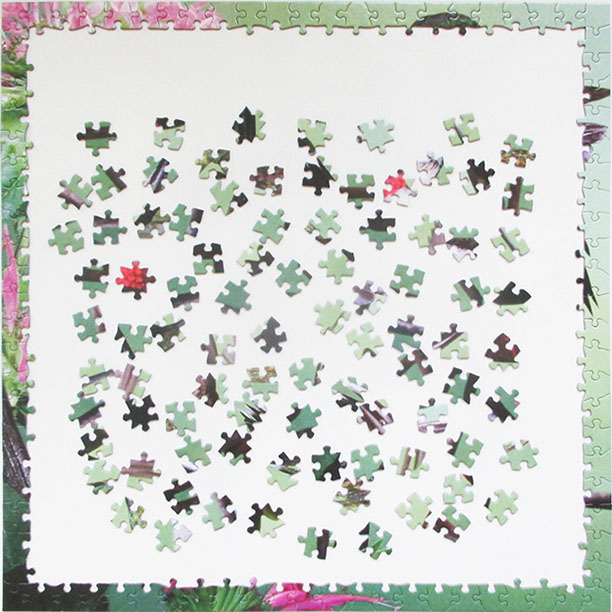
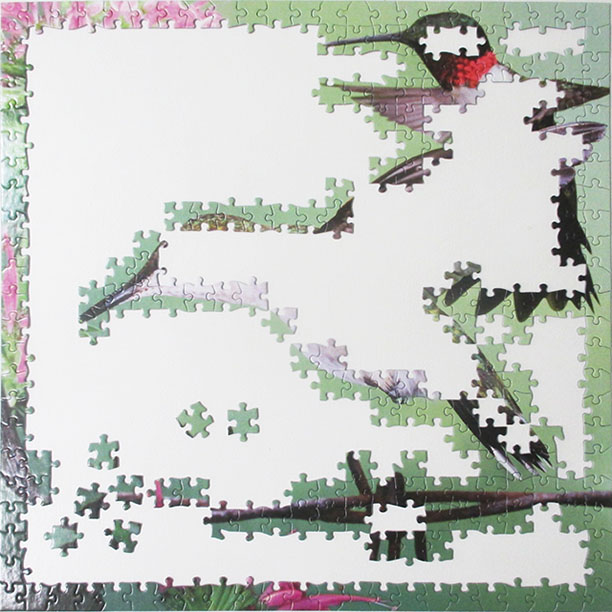
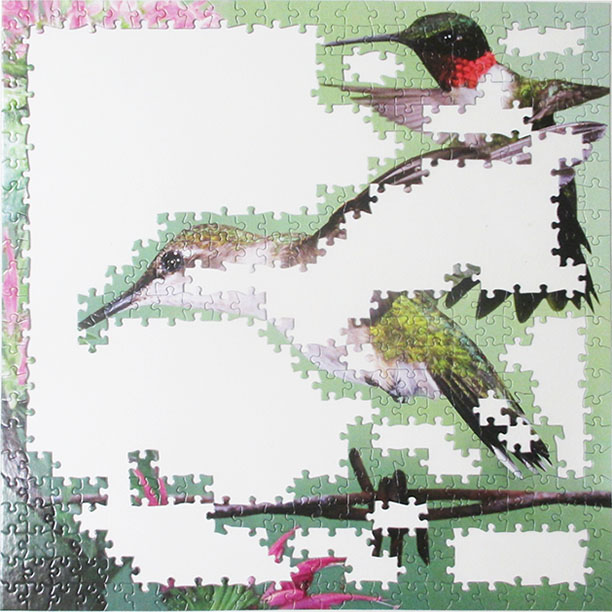

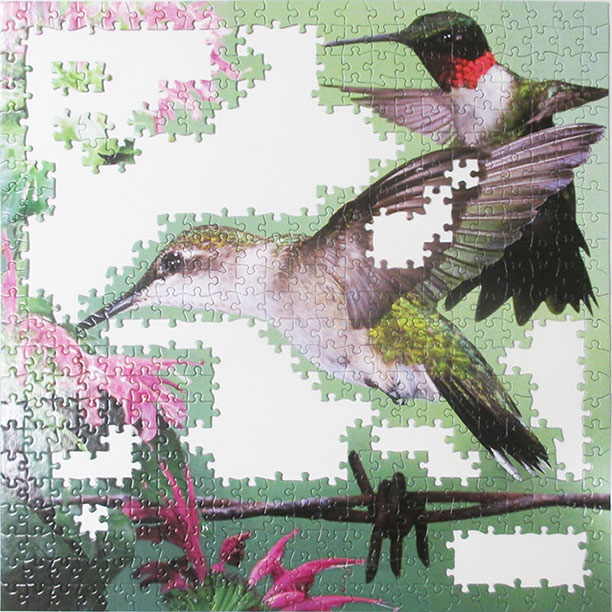
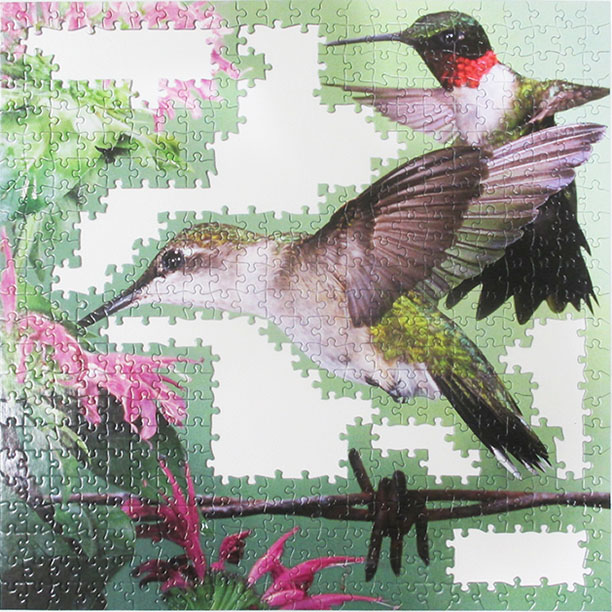
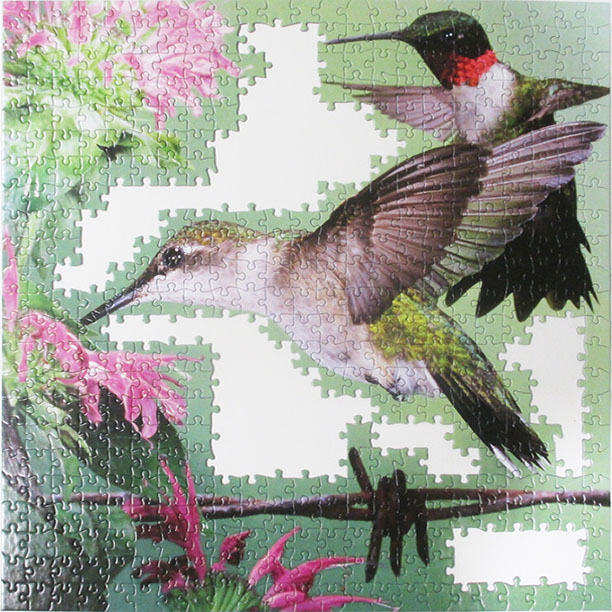


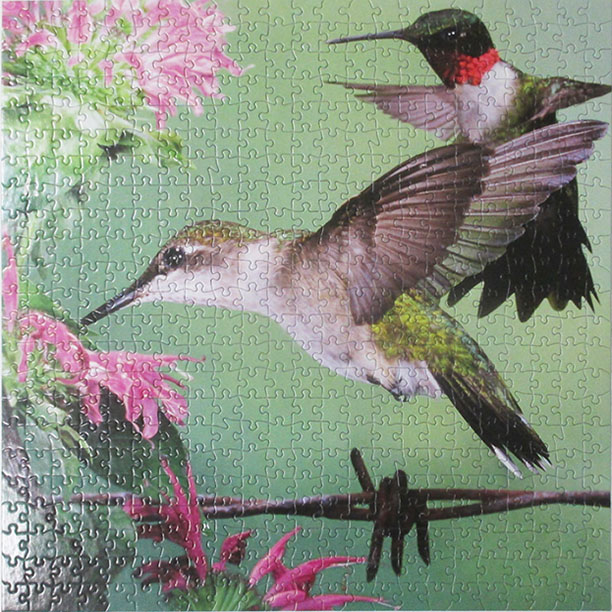
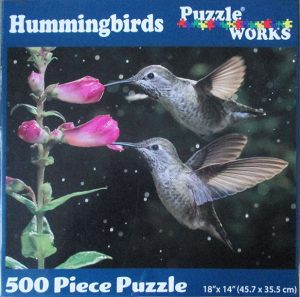 made by Puzzle Works ~ unknown ~ 500 pieces
made by Puzzle Works ~ unknown ~ 500 pieces